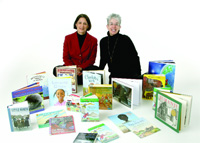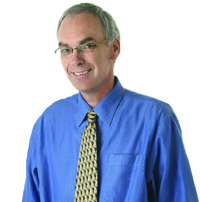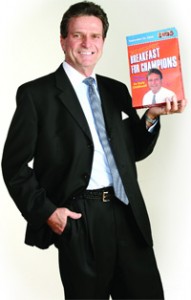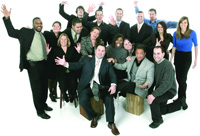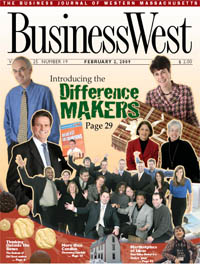John Davis, senior trustee of the Davis Foundation, and Mary Walachy, executive director
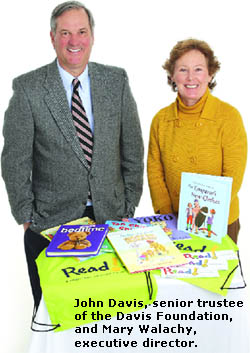
John Davis, senior trustee of the Davis Foundation, and Mary Walachy, executive director.
Mary Walachy called it “extemporaneous philanthropy.”
That was the phrase she chose to describe Irene E. Davis’s approach to giving back to the community — at the least the model she used for most of her life.
An orphan for much of her childhood, Irene — who married George A. Davis, first a salesman for American Saw & Mfg. and then owner of that company — was, later in her life, very generous when it came to donating money to groups that would help those less-fortunate, especially children, said Walachy, executive director of the foundation that bears the Davis name. However, there was little, if any, structure or organization to her giving, she continued, noting that donations were often in cash and given at the spur of the moment.
To illustrate the way in which Irene was “personally philanthropic,” Walachy relayed a story from around 1970 that she’d heard many times, knew she couldn’t retell as well as Davis family members, but tried anyway.
It seems that Irene Davis had become impressed with the work of Downey Side (the adoption agency that was started in Springfield and now has offices across the country), and stopped by the offices of its founder, Father Paul Engel, to find out more. After listening to him for some time, she got out her checkbook and wrote him a check — for $30,000.
“But he didn’t even look at it to see how much it was for,” Walachy explained, noting that Engel was being polite, but also didn’t know Davis and wasn’t at all sure of who was dealing with. “He just put in his desk drawer. When he took it out later, he was shocked; he thought, ‘this is a crazy lady,’ or ‘she doesn’t know what she’s doing … this is going to bounce.’ He didn’t even take it to the bank.
“The next morning, she calls him, and he thinks, ‘here it comes,’” Walachy continued. “She said, ‘this is Irene Davis. I gave you a check yesterday — how much was it for?’ When he told her the amount was $30,000, she said, ‘I’m sorry, I meant to make it $50,000; I’ll be down later with the other 20.’ He said he never had a day like that in his career and that this was such a poignant moment in his life.”
It wasn’t long after this episode, according to family lore, that Irene Davis’s son, Jim, recommended that she form a foundation to bring some order to her philanthropy, to keep records of which groups were sent money and to perhaps monitor whether money was spent in the manner intended, said Walachy. At first, she refused, thinking such a step was mostly about taxes and gaining deductions, which she wasn’t interested in. But when Jim told her it was a way for her to keep on giving to the community long after she passed on, she eventually agreed.
And so the Irene E. and George A. Davis Foundation was born, with an initial $350, and for 40 years, its giving has been anything but extemporaneous — although it can act swiftly and with great flexibility, said Walachy, adding, quickly and repeatedly, that this institution exists to do much more than simply award grants, or give.
Instead, she told BusinessWest, the foundation also initiates, convenes, unifies, collaborates, finds facts, analyzes, tests, evaluates, advocates, and more. And what it’s really doing through the sum of all this is “causing change,” she continued, especially in the broad realm of early-childhood education and development.
“The majority of our time and attention is absolutely local,” she explained, “and with a significant lens in education and particularly the passion around ensuring that children, especially those in the urban core who are disadvantaged, reach their full academic potential in order to be successful in both school and in life.
This focus on education, young people, and causing change, as she put it, is part of what Walachy called a “maturation” of the Davis Foundation — something that has dominated her time with the organization, which started in 1996, and which is still very much ongoing. And it’s part of her efforts to adopt best practices involving many of the leading foundations in the country, and also be far more proactive than reactive when it comes to philanthropy.
“As we’ve grown and matured over the years, we have realized that, in order to be impactful, we need to be somewhat more strategic,” she continued, noting efforts such as the foundation’s Cherish Every Child program and its Reading Successfully by the Fourth Grade program. “And that strategy is largely in the broad rubric on education and investments in young children, because we firmly believe that investing early is where we get the greatest return.”
However, the foundation understands that resources are limited in Western Mass., and that there are simply not as many charitable foundations here as there are in Boston, she went on, adding that funds are also awarded to groups that assist the elderly, the mentally challenged, and many other constituencies.
When asked to list just some of the groups to which the foundation has awarded grants over the years, Walachy thought for a minute, shook her head, and then said, “just about every nonprofit group in this area.”
But, again, she said that giving money is only a part of the equation. In recent years, a perhaps-bigger part is that ability to convene, which is part of the maturation process, and something made possible because the Davis Foundation supports so many nonprofit groups.
“In order for us to advance and move some of the social-change issues that we care about, we need to lend our name, we need to lend our voice, we need to use our convening power, and we have to use our credibility,” she told BusinessWest. “That is more powerful, in my estimation, and we’ve come to see that come true as we’ve stepped out in a leadership role around change issues.”
Walachy noted that, while one can see the Davis name on a few plaques or walls across the region — the Neonatal Intensive Care Unit at Baystate Children’s Hospital is one example — this family isn’t big on having things named after it.
“People will say, ‘if you give us $1 million, we’ll put your name on the building,’” she said. “That’s not an incentive for us.”
Rather, the real incentive comes in getting a chance to be impactful, to cause change, which is how it chooses to serve the region and carry on the work of Irene and George Davis.
The family’s methods of philanthropy have changed considerably since Irene’s cash gifts and random check-writing. But the impact is still the same. The foundation is still making for the best days in many nonprofit administrators’ careers, and creating innumerable poignant moments in their lives.
—George O’Brien



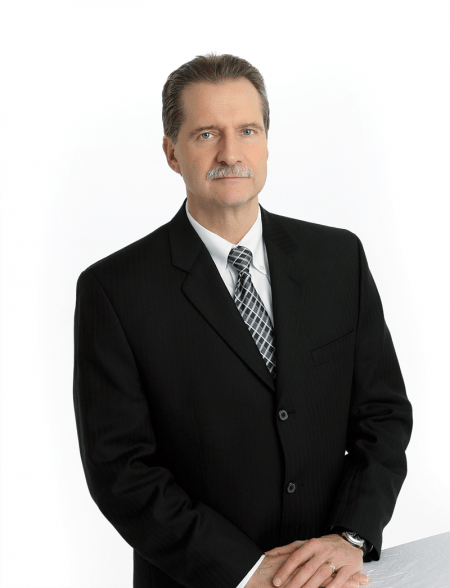 Jim Goodwin says that too many people, especially some in the business community, look upon human services work as a “drain.”
Jim Goodwin says that too many people, especially some in the business community, look upon human services work as a “drain.”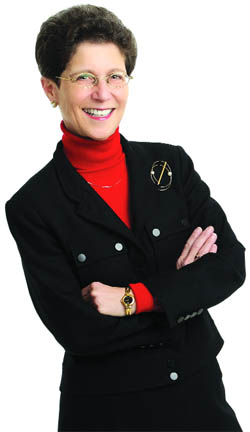 Upon hearing that more than a few of the many people who nominated her for the Difference Makers Class of 2010 wrote that she “transformed care for older adults,” Carol Katz chuckled before saying that she found such language flattering, if also a little excessive.
Upon hearing that more than a few of the many people who nominated her for the Difference Makers Class of 2010 wrote that she “transformed care for older adults,” Carol Katz chuckled before saying that she found such language flattering, if also a little excessive. “And besides,” she continued while explaining this concept and why and how it was incorporated at Loomis, “I certainly didn’t do it all by myself. It’s been a total team effort.”
“And besides,” she continued while explaining this concept and why and how it was incorporated at Loomis, “I certainly didn’t do it all by myself. It’s been a total team effort.”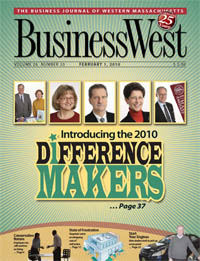
 Their contributions to the community vary, from work to transform elder care to donations of time, energy, and imagination to a host of nonprofit agencies; from philanthropy that far exceeds grant awards to work to improve the lives of some of the most downtrodden constituencies in our society; from multi-faceted efforts to spur economic development in the region to simply inspiring others to find ways to make an impact. They are the Difference Makers Class of 2010. Their stories are powerful and compelling.
Their contributions to the community vary, from work to transform elder care to donations of time, energy, and imagination to a host of nonprofit agencies; from philanthropy that far exceeds grant awards to work to improve the lives of some of the most downtrodden constituencies in our society; from multi-faceted efforts to spur economic development in the region to simply inspiring others to find ways to make an impact. They are the Difference Makers Class of 2010. Their stories are powerful and compelling.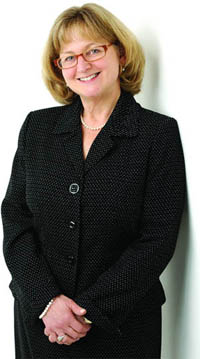
 Shareholder with Shatz, Schwartz and Fentin, P.C.
Shareholder with Shatz, Schwartz and Fentin, P.C.